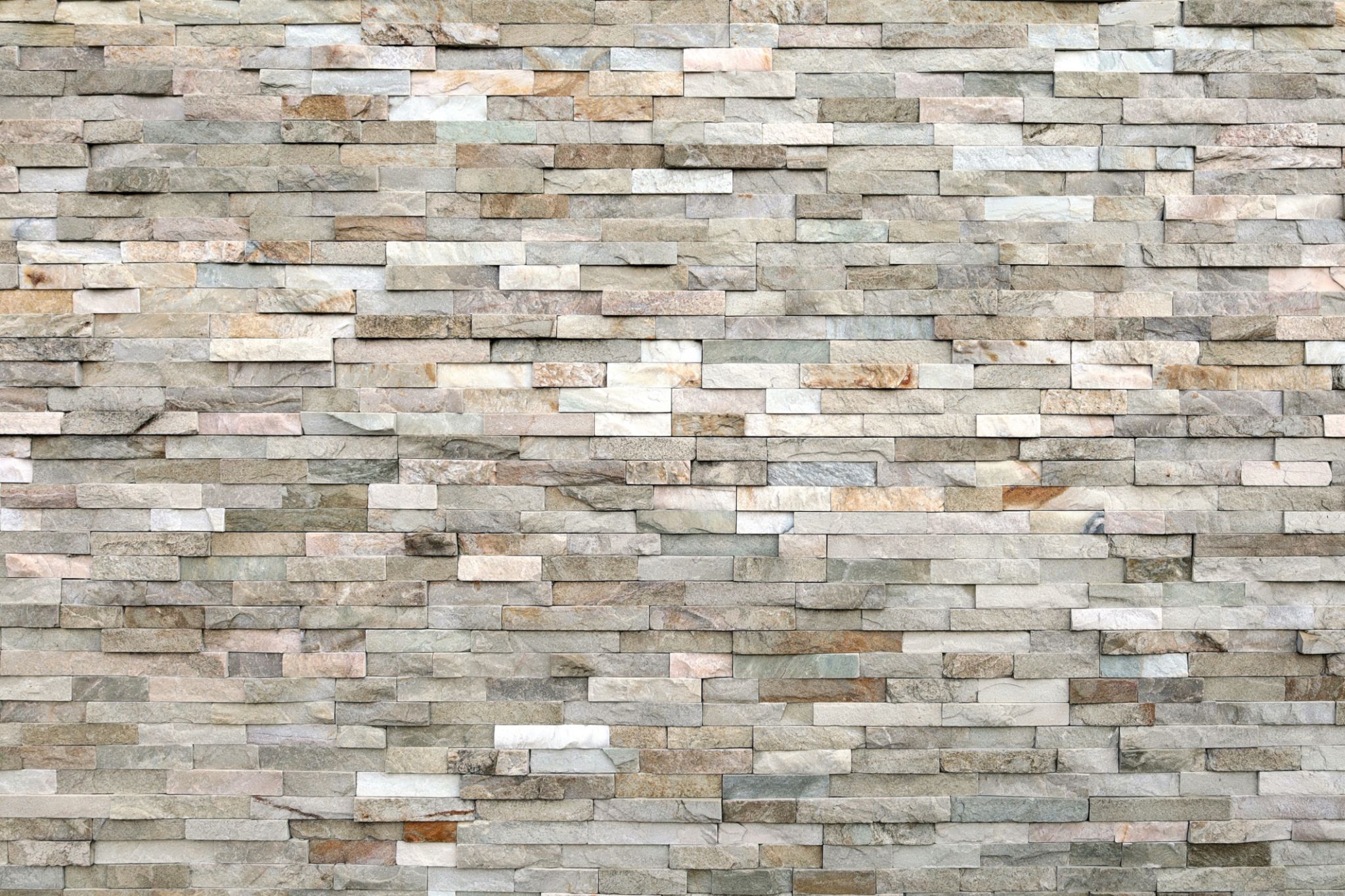The Environmental Benefits of Using Stone for Home Exteriors
HS
Introduction to Stone Exteriors
Stone has been used as a building material for centuries, admired for its durability and timeless beauty. In recent years, the environmental benefits of using stone for home exteriors have come to the forefront, making it a popular choice for eco-conscious homeowners. Not only does stone offer aesthetic appeal, but it also plays a significant role in sustainable building practices.
The increasing awareness of sustainable living has led many to reconsider the materials they use in construction. Stone, as a natural material, provides numerous advantages that align with environmentally friendly principles.

Durability and Longevity
One of the most compelling environmental benefits of stone is its durability. Stone structures can last for centuries, reducing the need for frequent repairs or replacements. This longevity reduces the consumption of resources over time, as fewer materials are required for maintenance.
Furthermore, stone's resilience against weather conditions means it can withstand harsh climates without degrading. This resistance to wear and tear further contributes to its sustainability by minimizing waste associated with repairs and replacements.
Reduction in Energy Consumption
Stone offers excellent insulation properties, helping to maintain a consistent indoor temperature throughout the year. Homes with stone exteriors often require less energy for heating and cooling, which in turn reduces the household's carbon footprint.

This energy efficiency translates to cost savings for homeowners while also benefiting the environment through reduced reliance on fossil fuels. As energy efficiency becomes a priority for many, stone's natural insulating properties make it an attractive option.
Sourcing and Local Availability
Many types of stone can be sourced locally, reducing the environmental impact associated with transportation. By choosing locally sourced stone, homeowners can support local economies and decrease the carbon emissions related to long-distance shipping.
Natural Aesthetics and Minimal Processing
Stone's natural beauty means it requires minimal processing before it is ready for use. Unlike synthetic materials that undergo extensive manufacturing processes, stone merely needs to be quarried and cut to size. This reduced processing minimizes energy consumption and pollution.
Additionally, the unique textures and colors of natural stone can enhance a home's aesthetic appeal without the need for chemical treatments or artificial enhancements.

Recyclability and Reusability
Stone is highly recyclable and can be reused in various applications. Whether repurposed as landscape elements or crushed for roadbeds, stone's versatility ensures it remains in use long after its initial purpose has been fulfilled.
This ability to recycle and reuse stone not only conserves resources but also reduces landfill waste. As sustainability becomes more critical, the recyclability of building materials like stone will play an increasingly vital role in eco-friendly construction practices.
Conclusion
Incorporating stone into home exteriors offers numerous environmental benefits, from its durability and energy efficiency to its recyclability and local availability. As the demand for sustainable building materials grows, stone stands out as a responsible choice that supports both environmental goals and aesthetic preferences.
For homeowners seeking to reduce their environmental impact while enjoying the timeless beauty of natural materials, stone provides an ideal solution that marries function with form.
